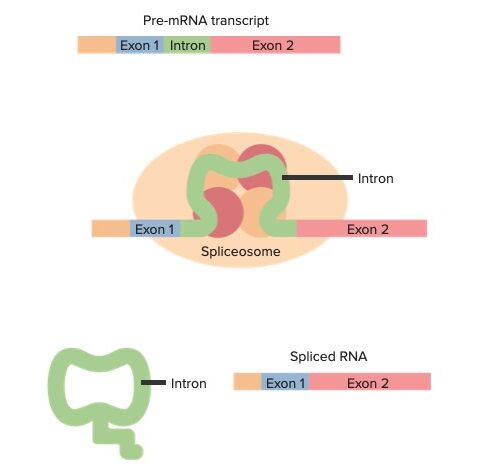


For this work, RNAs were obtained as discards from the small portions of vaccine doses that remained in vials after immunization such portions would have been required to be otherwise discarded and were analyzed under FDA authorization for research use. Sharing of sequence information for broadly used therapeutics has the benefit of allowing any researchers or clinicians using sequencing approaches to rapidly identify such sequences as therapeutic-derived rather than host or infectious in origin. In this note, we provide experimental sequence information for the RNA components of the initial Moderna () and Pfizer/BioNTech () COVID-19 vaccines, allowing a working assembly of the former and a confirmation of previously reported sequence information for the latter RNA. Standard methods facilitate such sequencing. Despite their ubiquity, sequences are not always available for such RNAs. With the rollout of vaccines for COVID-19, these synthetic mRNAs have become broadly distributed RNA species in numerous human populations. GitHub - NAalytics/Assemblies-of-putative-SARS-CoV2-spike-encoding-mRNA-sequences-for-vaccines-BNT-162b2-and-mRNA-1273: RNA vaccines have become a key tool in moving forward through the challenges raised both in the current pandemic and in numerous other public health and medical challenges.


 0 kommentar(er)
0 kommentar(er)
